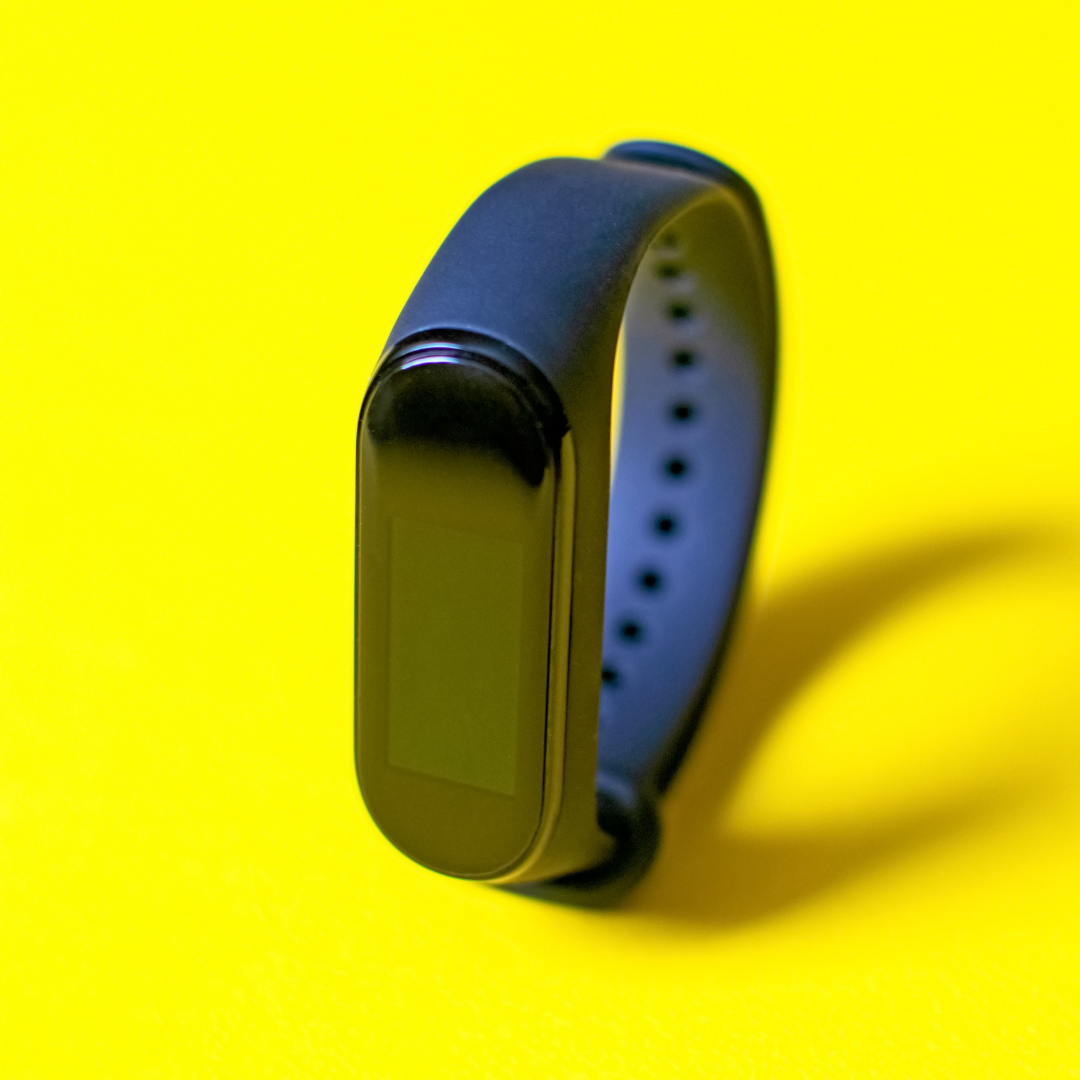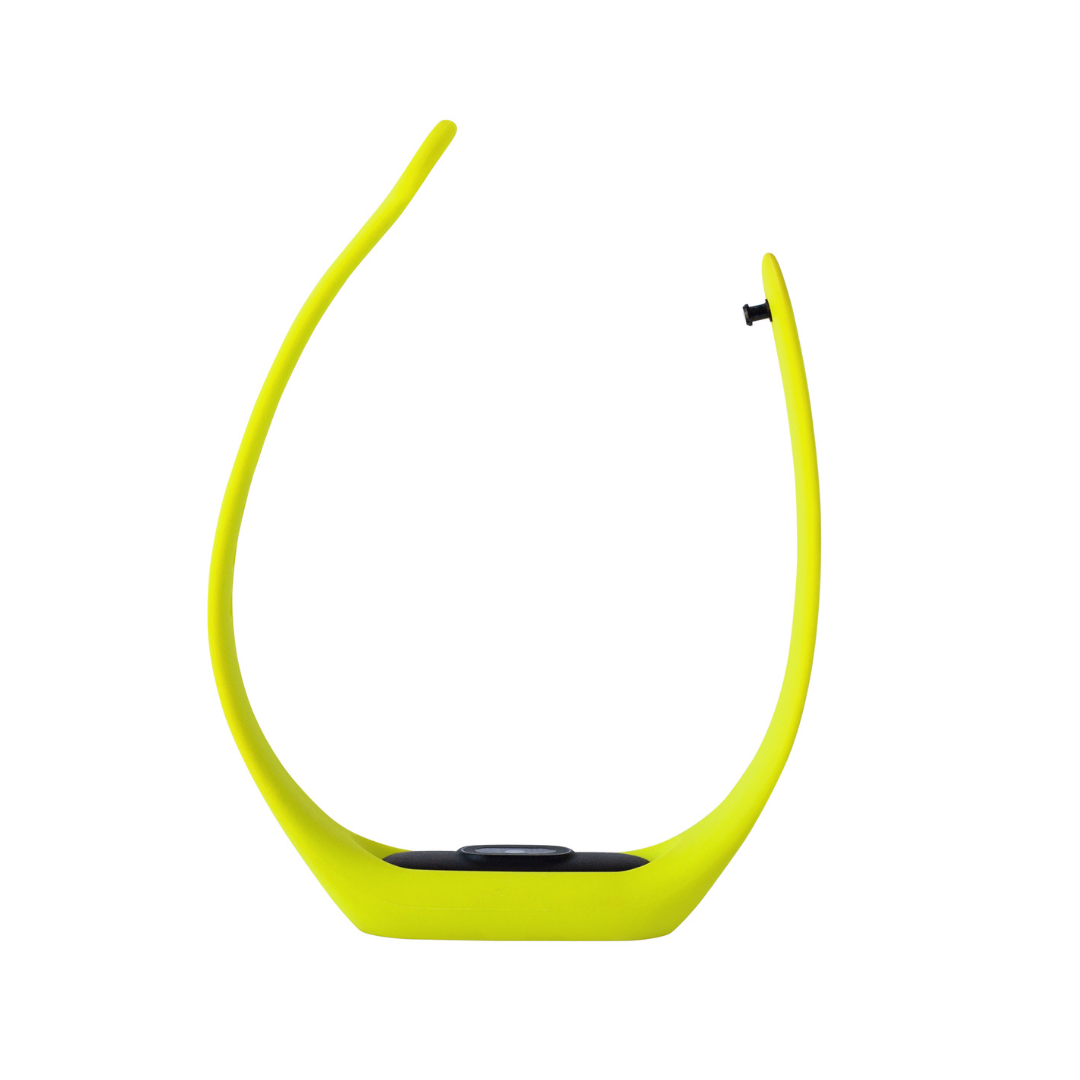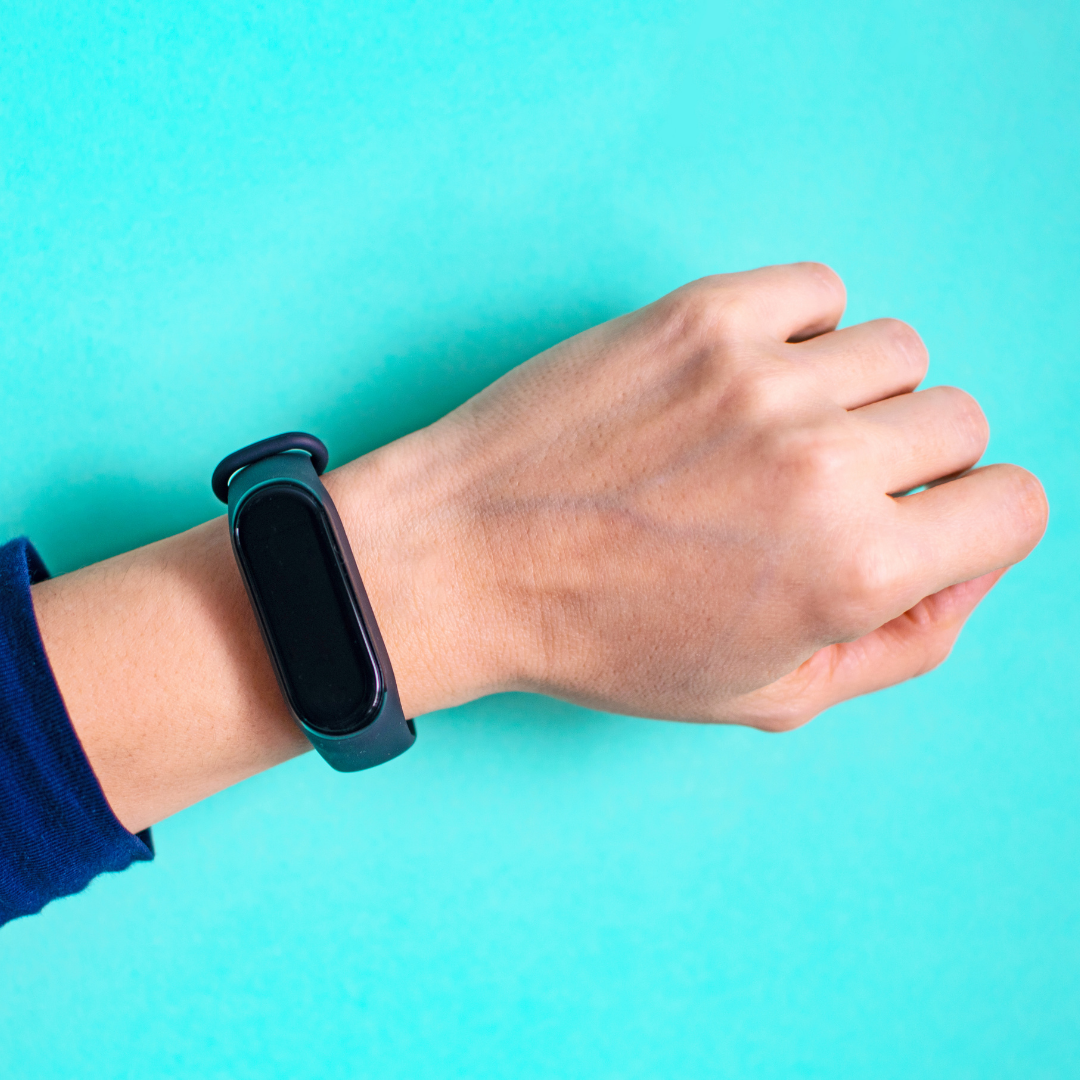
Fitbits are a popular type of wearable technology that can be used to track fitness and activity data. But how long do Fitbits last?
That’s a question many people are asking, and for good reason. A Fitbit is a great way to track your activity, but you don’t want to have to replace it every few months.
Batteries are one of the main concerns when it comes to how long Fitbits last. A lot of people wonder how long the battery lasts on a Fitbit and if you can replace it.
So how long do they last? And how can you ensure your Fitbit lasts as long as possible? Let’s learn more about how you can make the most of your Fitbit.
How long does a Fitbit last?
Once fully charged, a Fitbit battery should last for about 5 days before it needs charging again. A full charge should take around 2 hours to complete.
How long do Fitbit batteries last?
The life of a Fitbit battery largely depends on how often it is used. A Fitbit that is used regularly will typically last for 1-3 years.
If a Fitbit is only used occasionally, it may last for up to 5 years before it needs to be replaced.
Can you replace the battery in a Fitbit?
The Fitbit battery is not replaceable and the watch will need to be replaced as a whole unit. Removing the old battery is not recommended as it can void your warranty.

What factors affect how long a Fitbit lasts?
There are a few factors that can influence how long a Fitbit lasts. The quality of the Fitbit, the way it is used, and the environment in which it is used all play a role in how long the device lasts.
The quality of the Fitbit is important – a cheap, low-quality Fitbit is likely to last for a shorter amount of time than a more expensive, high-quality Fitbit.
How the Fitbit is used is also important. If it is used constantly and excessively, it is likely to wear out sooner than if it is only used occasionally.
The environment in which your fitness tracker is used can also affect its lifespan. If it is used in a dusty or wet environment, it is likely to not last as long as if it is used in a clean and dry environment.
Bonus Tip
Always use official charging cables for your Fitbit. Using unofficial cables can damage your device, shorten its battery life, and cause charging problems.
Signs that your Fitbit needs to be replaced
Working out when to replace a Fitbit is easier than you might think.
There are a few common signs that can indicate that you need to replace your Fitbit. If the band cracks or falls apart, if the device itself is damaged, or if the Fitbit stops tracking your activity correctly, then it’s time for a new one.
How can I stop my Fitbit band from cracking?
Fitbit bands are prone to cracking, especially around the pins. This can be prevented by taking a few simple precautions. First, make sure the band is properly sized and fitted to your wrist.
You should also be careful not to pull on the band too hard when putting it on or taking it off. Moreover, avoid exposing the band to extreme temperatures, as this can cause cracking.
My Fitbit has been damaged – what should I do next?
There are a few ways a Fitbit can be damaged, but the support team can help you fix it. If the button gets stuck, the screen cracks or any other damage occurs, the support team can help you get your Fitbit back up and running.
If your Fitbit stops working, all you need to do is call, email, or chat with them in-store and they will be more than happy to help. Additionally, if your Fitbit is lost or stolen, the support team can also help you with that. They will set up a new Fitbit for you and move over any data from the old one.
Why is my Fitbit not accurate?
There are several reasons your step count might differ. For example, if you move your body while keeping your arms still, you might night notice a different step count to what you expected.
Additionally, while Fitbit devices use a carefully programmed algorithm, arm movements like desk work, cooking, and stretching can cause your watch to add on extra steps. Any extra steps are unlikely to have a significant impact on your step count, but if your stats seem skewed, it is best to speak to the Fitbit support team.
Sometimes, if your wrist settings have not been entered correctly, or if your height is incorrect, your step count and distance can be inaccurate. You can also manually measure and adjust any values if your legs are longer or shorter than average.

How to make a Fitbit last longer?
So, what can you do to make your Fitbit last longer?
Here are a few tips for extending the life of your watch:
- Use your Fitbit sparingly – don’t wear it all the time, especially when you’re sleeping.
- Give it a break now and then – take it off and let it air out.
- Make sure the band is fitted properly – if it’s too tight or too loose, it could damage the watch.
- Keep it clean – use a soft cloth to wipe down the screen and band.
- Don’t submerge it in water – although most Fitbit devices are water-resistant up to 50 meters, they are not entirely waterproof.
The life expectancy of a Fitbit can vary
Fitbits are typically designed to last for 1-3 years. However, there are ways that you can extend the life of your Fitbit and get more out of it. The most important thing that you can do to make your Fitbit last longer is to be mindful of how you’re using it.
Ultimately, try not to overuse it, and take breaks in between uses. This will help to reduce the amount of wear and tear on your device. Above all, by following these tips, you’ll be able to get the most out of your Fitbit.